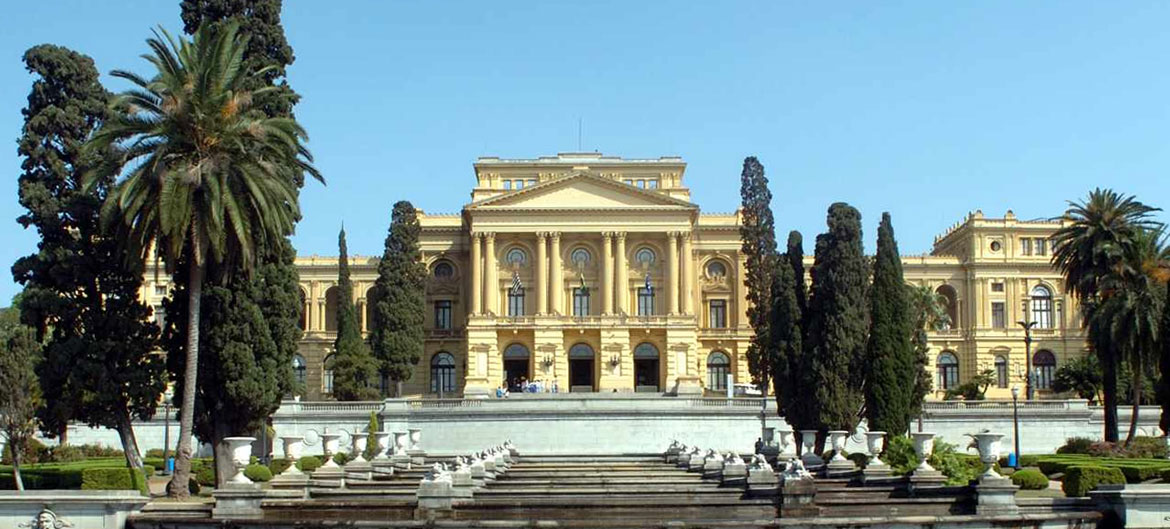Ancient manuscripts reveal the role of 17th century women
More than analyzing textual and linguistic structures and interpreting ancient writings, Philology as a human science can surprise us and reveal “existing layers of a society” from the past. This was the case in a study that transcribed “Letters of Dates”, a kind of land deed, from Jundiaí, in the middle of the 17th century. At the time, amid requests for possession, widowed, married and single women they were among the “supplicants” of extensive areas, addressed to the public power of the city. The ancient manuscripts (1657), which date from the colonial period, are now filed at the Memory Center of the municipality of Jundiaí, in the interior of the State of São Paulo, and were the object of study by researcher Kathlin Carla de Morais, from the Faculty of Philosophy, Letters and Human Sciences (FFLCH) from USP.
The portions of floors received were incorporated around the parish church (where the Nossa Senhora dos Desterros Church is located today), a region where the possible beginning of the Jundiaí urban settlement would have happened. “Subsequently, the owner was obliged to make donations to the Church and take care of the entrance to the property, in order to make it possible for people and large animals, such as horses and oxen, to pass,” says Kathlin to the USP Journal .
According to the study, this intertwining of religious, political and cultural powers can be explained in this period by the fact that the city councils were the regulators of everything that happened in the region. The guidelines they followed were inspired by sources from the Portuguese judicial system, which dealt with the State’s relations with the Church and guided civil and commercial processes, based on Roman and canon law. This land concession scheme lasted until the 19th century with the Land Law (1850), which started to use the purchase and sale model for the acquisition of floors.
The researcher says that some of the requests for donations registered were made by women, which could indicate that there was already a certain female empowerment at that time. They are described in the documentation as widows, married, daughters and granddaughters of the first settlers. “Some of them filed for possession more than once to expand the area initially requested,” he says. This was the case of Mrs. Agostinha Rodrigues, who went to the City Council three times to petition for land and had all her requests approved. “In the 17th century, we imagined the reclusive and submissive woman, however, the manuscripts show that some were already at the forefront of Jundiaí’s society and fulfilling a leadership and power role in the family”, he explains.
“In the 17th century, we imagined the reclusive and submissive woman, however, the manuscripts show that some were already at the forefront of Jundiaí’s society and fulfilling a leadership and power role in the family.”
Pinel Sanatorium patients included homosexuals and cultured women
Land donations in Jundiaí were made through the Chamber, which had a certain autonomy from a legal, economic and political point of view. Due to the distribution of land, the responsibility of that space was transferred from the political to the social structure with regard to its protection and care, explains Kathlin. For the applicant, receiving land was important, since he came to be seen as the administrator of a locality, which gave him a certain social status in the region, in addition to contributing to the subsistence and housing economy.
Textual structures and linguistic phenomena
The research was guided by Professor Verena Kewitz, from the Post-Graduate Program in Philology and Portuguese Language at FFLCH. Kathlin analyzed the writings of 59 Letters of Dates, from the legal-administrative sphere of the Vila de Jundiaí Chamber, drawn up by the only registrar in the city, Mr. Mathias Machado Castanho. From the philological investigations, configurations of textual macrostructures were analyzed according to the Discursive Traditions model. Linguistic phenomena were also explored, such as the use of prepositions, syntactic refolding and personal marks of speech, nominal and verbal agreement, among other phenomena such as the number of supplicants in each petition and the fact that they were men or women.
S Obre the term “pleading” for example, Kathlin found an interesting variant of designation and differentiation of gender. Although the textual structures of the documents were quite rigid, the writer (notary) adopted a linguistic variation of this term: “supplicants” were used for women and “supplicants” for men.
Variation of the same word quadra / coadra / quoadra ”in the same folio (manuscript). – Photo: Reproduction / Dissertation (p.63, fig.18)
Regarding the different spellings of words, variations were found for “coadra”, “quoadra” and “quadra”; “Sinquoetta” and “sincoenta”; “Straining” and “when”, among others. From abbreviations, some were related to proper names (Antonio, Francisco, Ribeiro, Bezerra, San Vissente), to nouns and adjectives (regiments, majesty, captaincy, supplicant, January, camera, resident, mercy) and prepositions, conjunctions and adverbs (which, by, only, clearly).
Rag paper and gallon paint
It is important to remember that paper and ink in the 17th century were rare and expensive items. According to the researcher, the paper used in the Letters of Dates manuscripts was made of rags – that is, the raw material was composed of linen, hemp and cotton rags. Interestingly, these rags (old clothes and robes of deceased relatives) were sold to paper mills for manual papermaking. These materials were selected, cleaned, shredded and washed. Subsequently, they were heated to become malleable, macerated and made into paste. Then placed in molds, formatted in sheets, pressed and taken to dry.
The ink was of the ferrogálica type, composed of an aqueous solution of water, wine or vinegar, gum arabic (binder), iron sulfate and gall nut (plant / oak), from where the dark color of the ink came from. According to the study, it was a permanent and easy-to-prepare ink and therefore used in Europe from the 7th to the 19th century.

